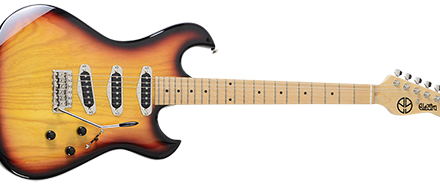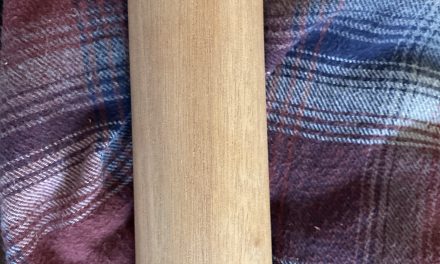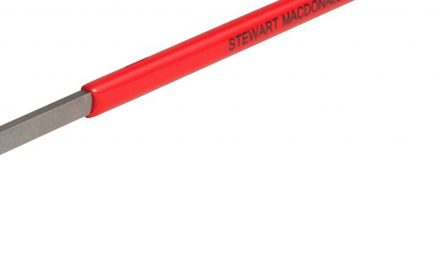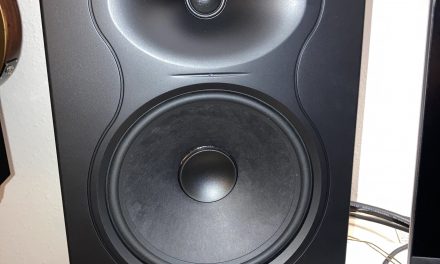The fretboard is the wood that covers the surface or is the surface of a guitar neck – it’s where they put the frets. It usually has dots or rectangles to mark certain frets like the third, the fifth, the seventh, the ninth, the twelfth, and so on.
Some guitars have no fret markets, or some, or bird fret markers, or whatever, but that’s for show.
If you want to bend a note super super far, you want a flatter fretboard. If you want something easy to play chords on, you want a more curved fretboard. Why? If you bend a string too far on a super curved fretboard, it will “fret out,” meaning the string will touch another fret and there goes your note. On the other hand, your hand itself has a natural curve to it, so playing super flat necks is not as comfortable as playing something curved.
The fretboard radius is expressed as a number – 7.25, 9.5, 12, etc. 7.25 is what Fender goes with for most of their instruments. 12 is more like a Les Paul, and 9.5 is like a compromise between the 2.
Two more things – you can bend plenty far on a 7.25 radius IF the fret job was done expertly. However, some necks have a “compound radius,” which means down by the headstock they’re more like 7.25 and up high on the neck they’re more like 12 for those players who want to bend high notes.




